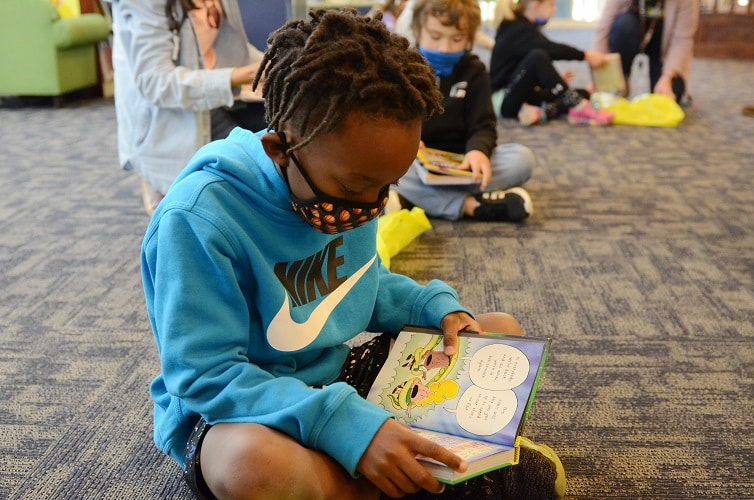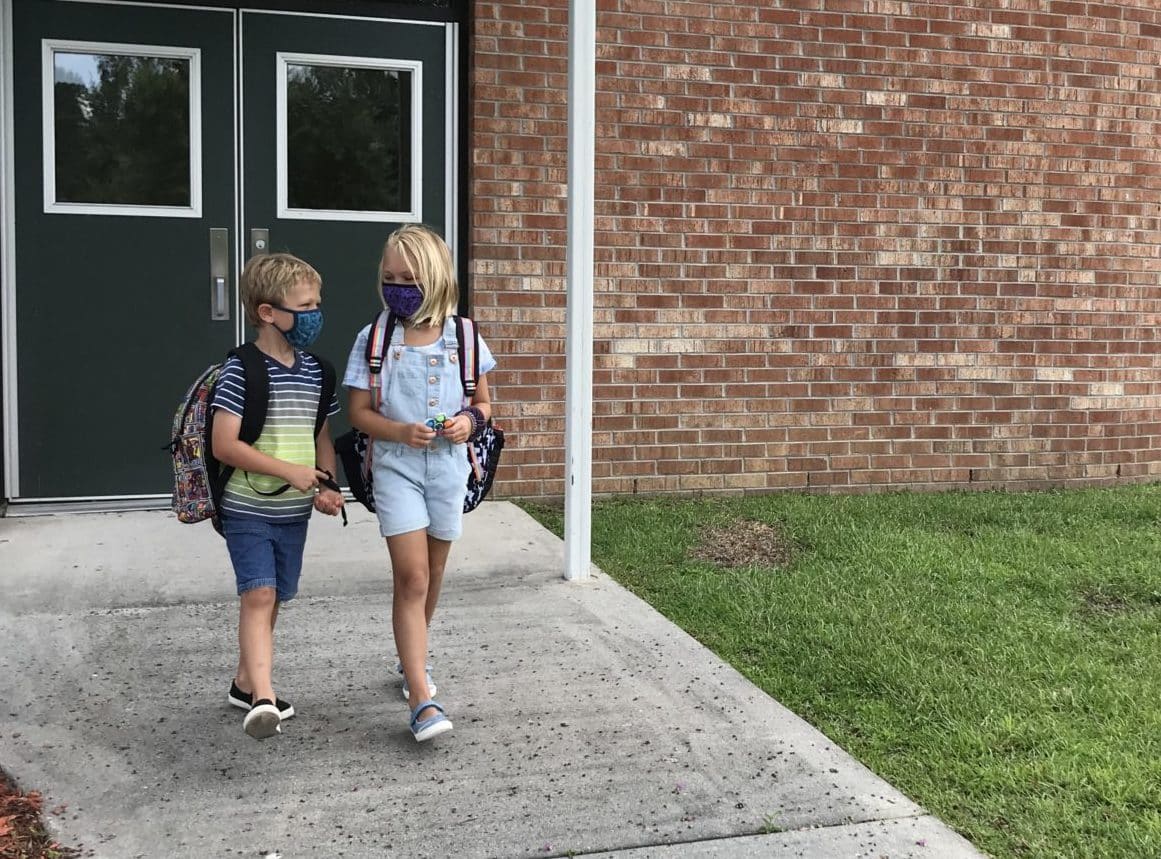Staying Connected—Even When It’s Against the Odds
Print This Post
By Emily Rubin
Here in Georgia, the fall usually brings excitement as communities get ready to start a new school year. That excitement is actually related to the neurochemistry we experience when educators reconnect with their school teams, when students are learning together again, and when members of the community engage.
When we experience this togetherness or positive, back and forth exchanges with one another, a neuro-endorphin called dopamine is released in our brain. This actually drives us to “crave” more connection and interaction. This chemistry is nonnegotiable in a classroom, as it’s what reminds our students to share their attention with us, seek out information, and stick with challenging tasks. This craving is also nonnegotiable for educators and community members, as we need one another to create a sense of belonging, motivation, and resilience. This social emotional engagement is what “turns the lights on” in the brain. It is our fuel. It is what brings us hope.
We all know that this school year feels different. We are cautiously optimistic, but our resilience is worn down. Schools have been faced with mitigating learning loss due the impact of the COVID-19 pandemic. Learning with one another remotely or at a physical distance from one’s peers has not only limited academic growth, but it has also dampened the neurochemistry that “fuels” our desire to connect, our motivation, and our resilience. This is evident for both our children as well as ourselves.
Many family members have experienced loss and grief and have had to cope with this in isolation from their support networks. Our community action groups have continued to meet, but less often and with more physical distance. When we do not experience as much connection, this decreases the dopamine in our brains and, as a result, we crave interaction less, we’re less likely to seek each other out, and our resilience is at risk.
As a member of the Get Georgia Reading—Campaign for Grade-Level Reading, we know that our best strategy for supporting literacy in Georgia is to work together, form connections, and engage with one another. So, as we press on this fall, we need to consider strategies to maintain our social emotional engagement so that we are all “refueled.”

In our efforts to strengthen our schools and aftercare programs and promote learning and literacy with events and other initiatives, we need to begin by considering the importance of engagement.
We can tell if someone is engaged by noticing whether they’re invested or sharing attention with others, whether they’re independent or showing that they know what to do, and by whether they are initiating or sharing what they know. If we’re observing these “3 I’s of engagement” from those we interact with, we’re likely sparking the neurochemistry that we need to stay resilient and hopeful.
How do we enhance each other’s engagement?
Whether we’re educators, parents and caregivers, or community members, let’s monitor each other’s resilience and motivation to connect. When we see opportunities to fuel engagement, let’s remember to spark the neurochemistry with connection and relationship.
We do this by finding ways to “hook” each other into interacting, whether it be remotely or in person. Positive relationships at home, at school, and in the community create a release of that dopamine we all need to keep going. If a child is learning remotely at home, parents and caregivers are challenged with finding safe, social opportunities for their children to keep engagement sparked. At school, educators can embed learners’ interests and real-life application within lessons. In the community, we can make intentional efforts to connect with and appreciate one another.

If we recognize that social emotional engagement is the “fuel” for our well-being, our drive to connect, and our resilience, we can “refuel” our communities. By focusing on relationships, SEE-KS (Social Emotional Engagement – Knowledge and Skills) creates a foundation for the development of protective factors that are critical for all.
Watch this collection of videos to learn more about this tool and its application with infants and toddlers, early childhood settings, elementary schools, and secondary school settings.
To learn more about SEE-KS in Georgia, contact Emily Rubin, director of Communication Crossroads, at Emily@CommXRoads.com.
